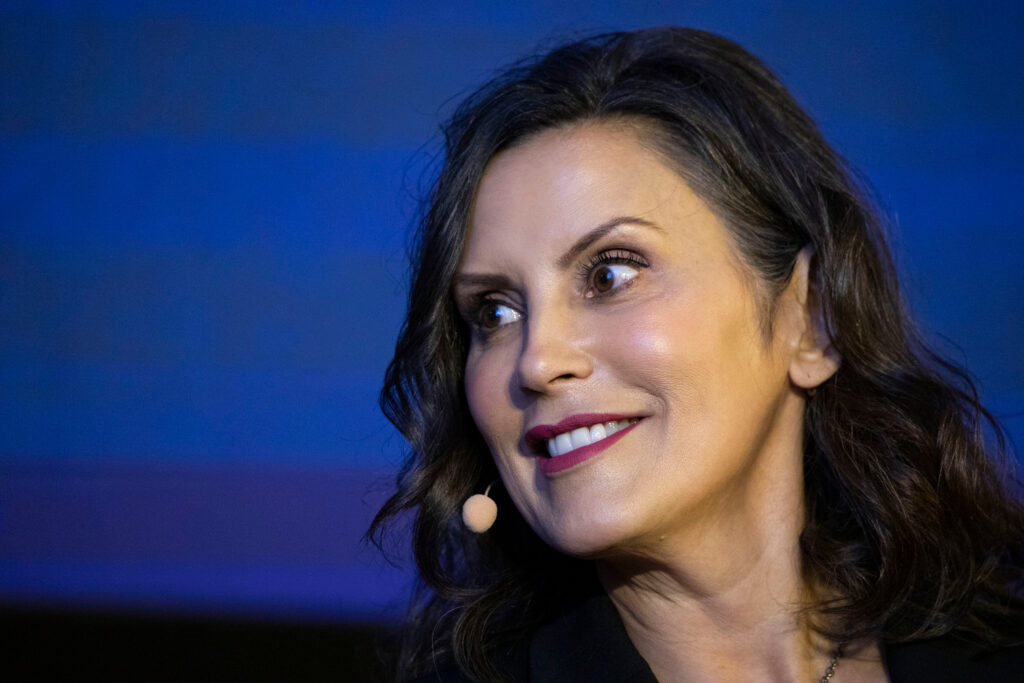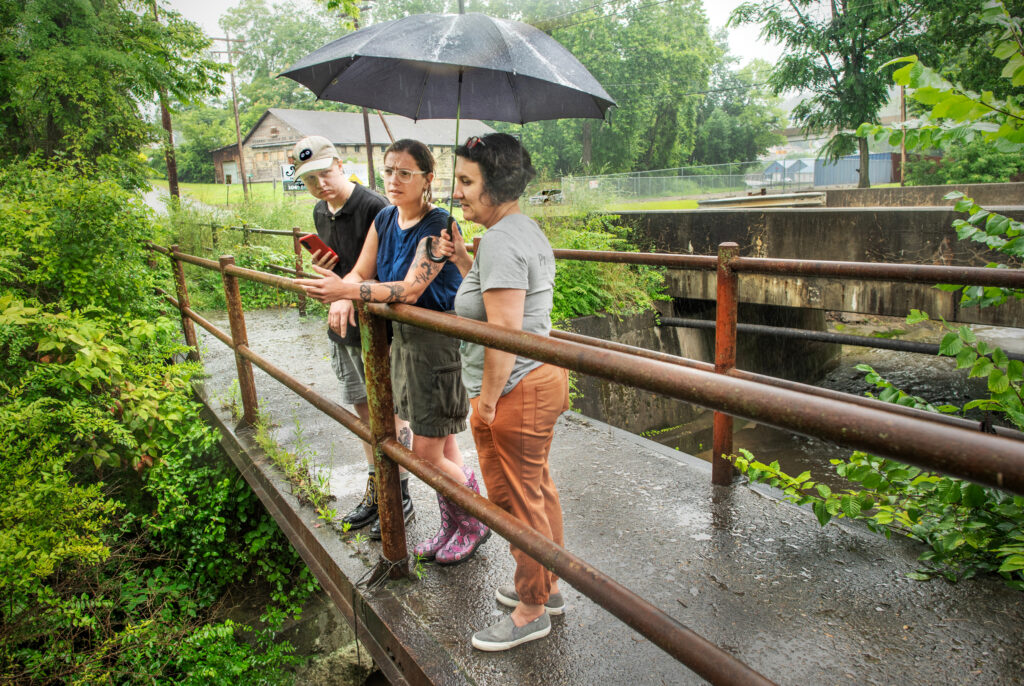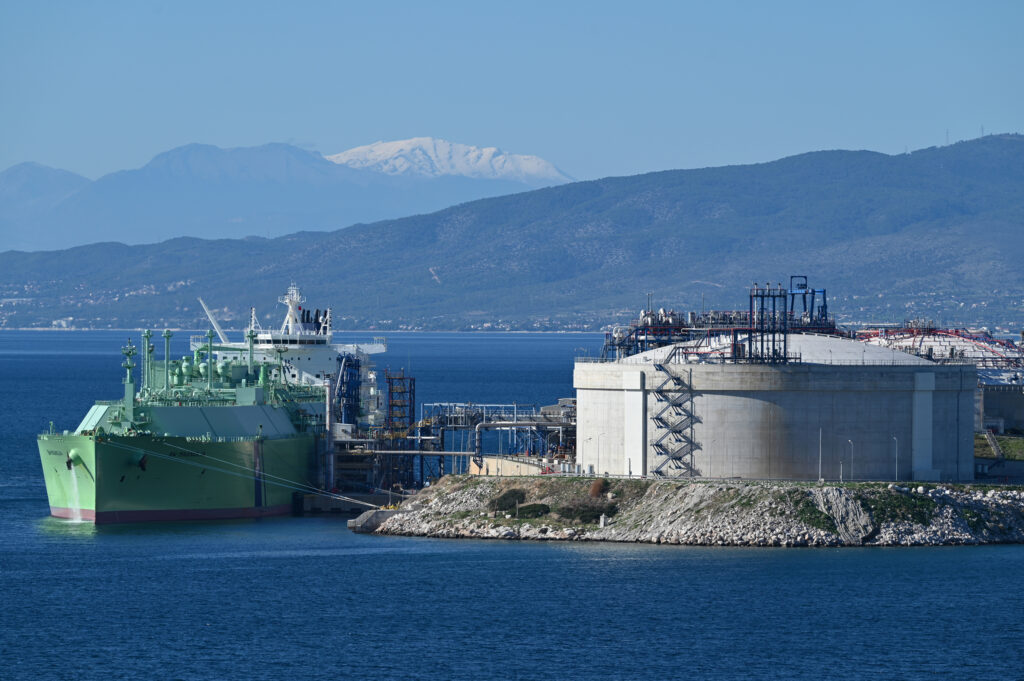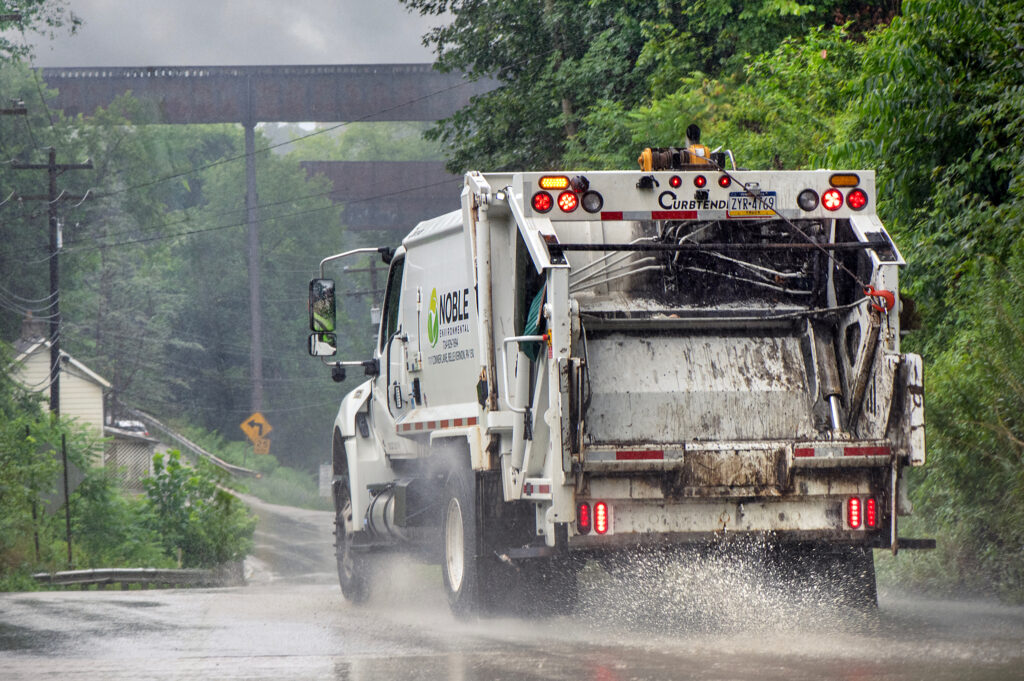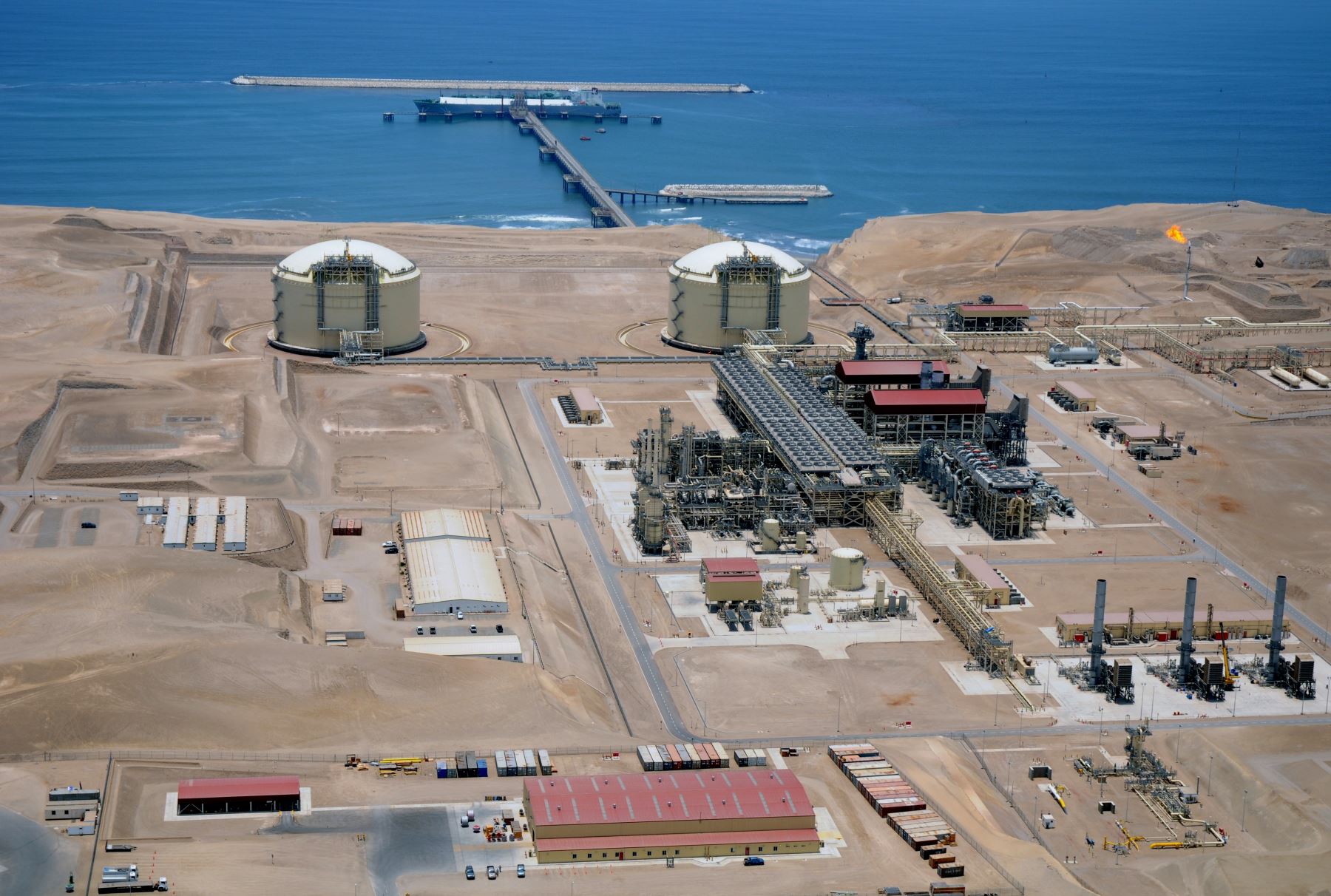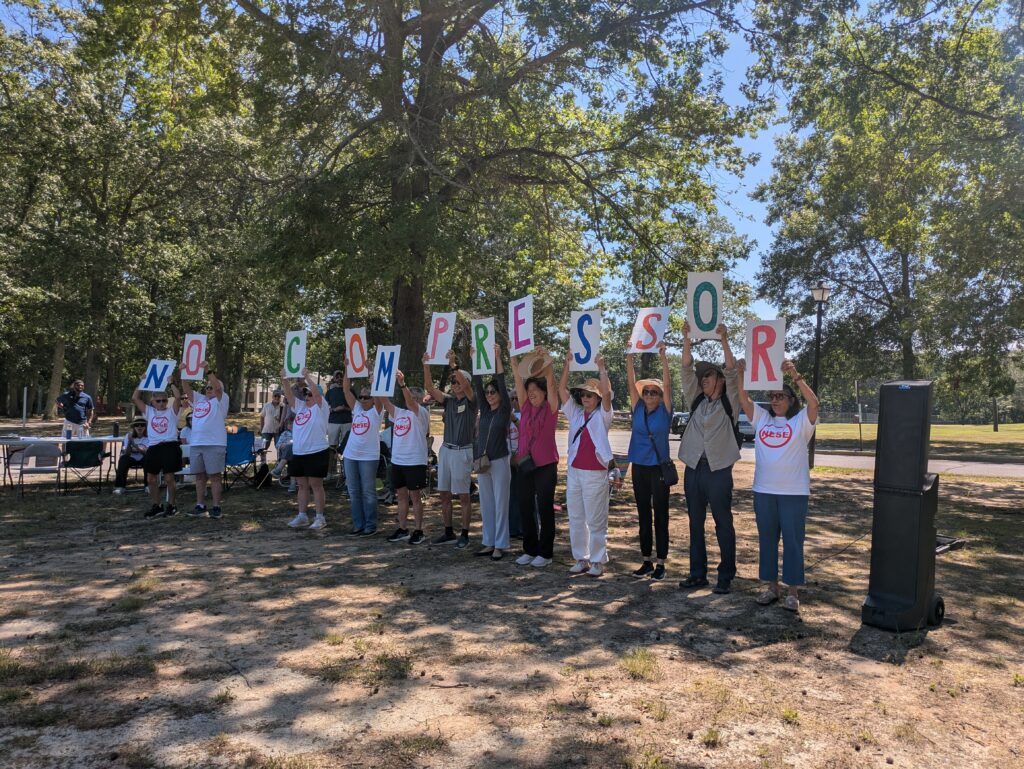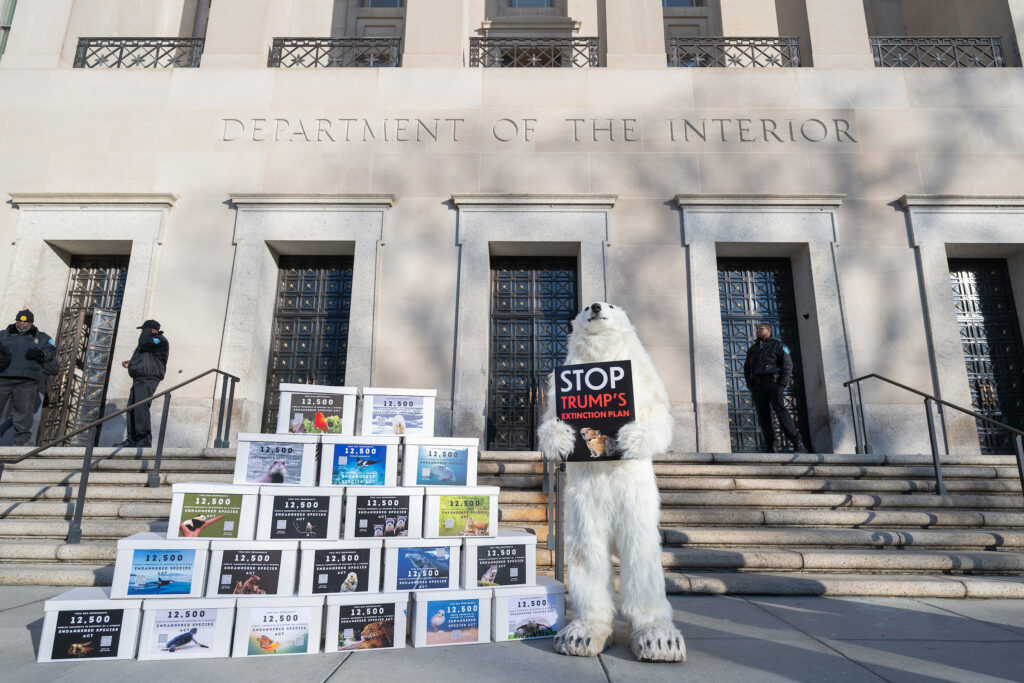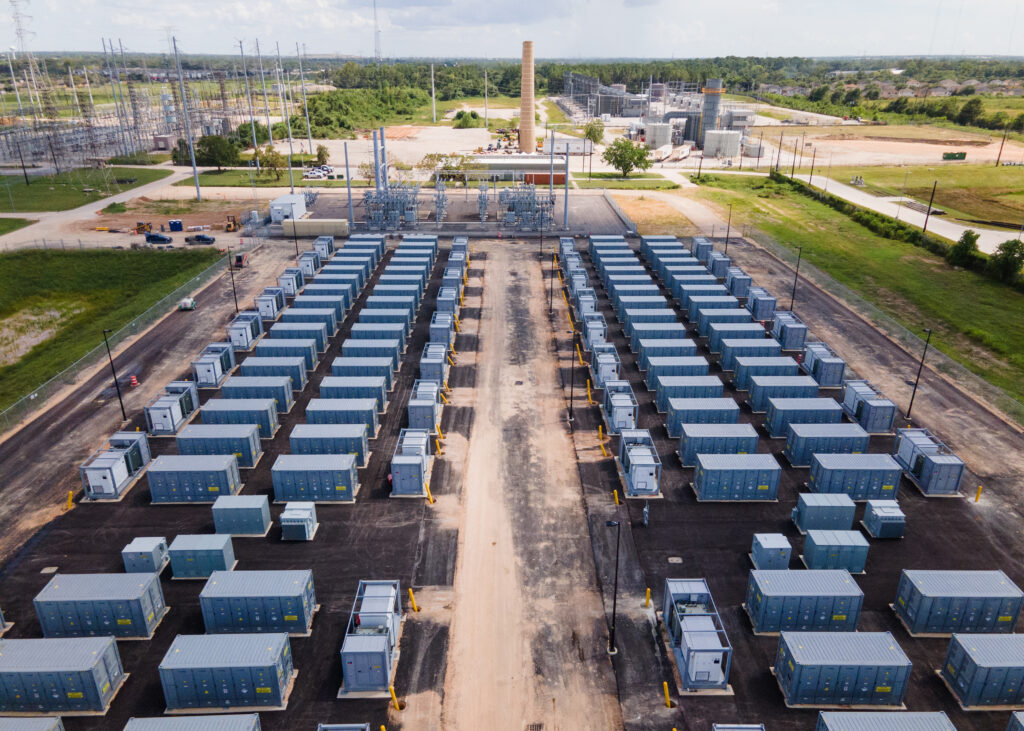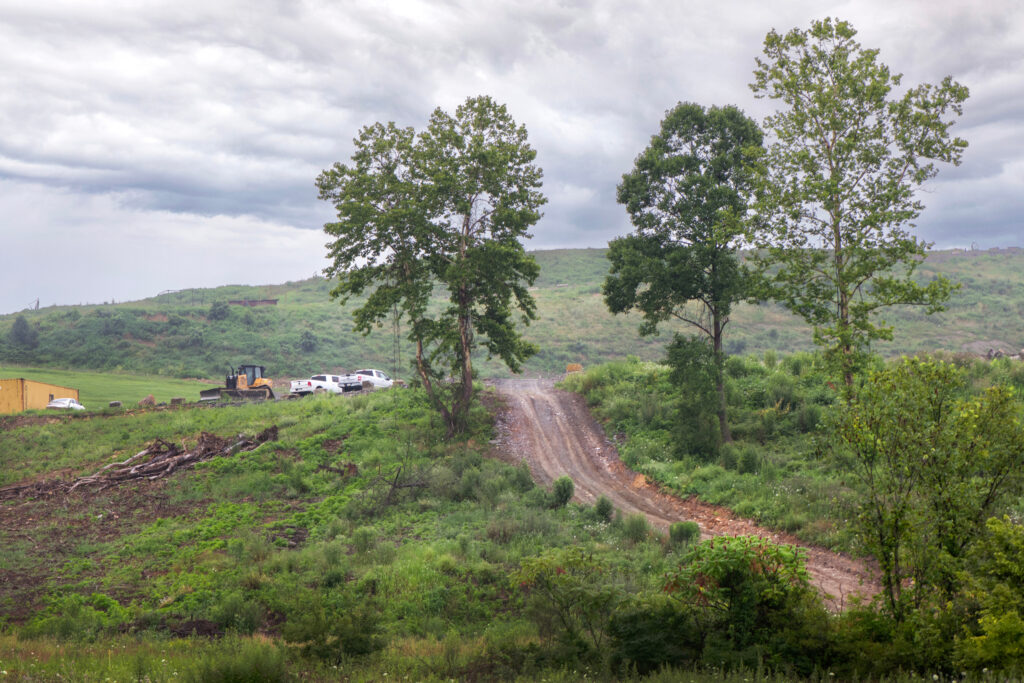From our collaborating partner “Living on Earth,” public radio’s environmental news magazine, an interview by managing producer Jenni Doering with artist Erik Jon Olson.
Over 400 million metric tons of plastic are produced worldwide each year, leaving a huge carbon footprint and a waste problem that never seems to go away.
Less than 10 percent ends up recycled. Plastic pollutes our planet’s oceans, rivers, lakes and land, and it breaks down into tiny particles—microplastics—that are found nearly everywhere, from Mount Everest to the depths of the Mariana Trench to our own bodies.
But art can elevate plastic from trash to treasure. Minnesota artist Erik Jon Olson is transforming polymers into works of art popping up in galleries and exhibitions across the United States. This interview has been edited for length and clarity.
We’re hiring!
Please take a look at the new openings in our newsroom.
See jobs
JENNI DOERING: So I have to say, I was kind of floored by how beautiful your artworks are, and yet they’re made of plastic. So can you please describe this metamorphosis and paint a picture for us of your art?
ERIK JON OLSON: Well, my art is quilted plastic waste. It is used plastic, like what you would get frozen vegetables in, that kind of packaging. There’s about 8 to 12 layers of plastic to get it to be thick and pillowed like an actual quilt would be. So it’s a lot more layers than a quilt is. And I’ll pin it in place, and then just start running it through the sewing machine, and then I will cut the shapes out of that quilted piece, bind the edges, and then I will sew those pieces together.
DOERING: Wow, not your grandmother’s sewing project.
OLSON: No, but it is my grandmother’s sewing machine.
DOERING: Oh, I love that.
OLSON: I do too.
DOERING: So what does it look like? What would somebody first notice, do you think, if they walked into an art gallery and saw one of your pieces?
OLSON: They would probably notice the bright color. That would be the first thing they notice. The color is from the plastic. I don’t add any color to it.
They would notice that they are very playful and that they’re very whimsical looking. They would notice that they have a strong graphic design quality to them. That is my creative background, from the advertising industry in graphics and graphic design, so that has a strong influence on what the designs look like. They’d also notice that they are rather large, like five by seven. So that’s 35 square feet.
DOERING: Could you describe a favorite piece of yours? I know it’s hard to choose, but if you had to.
OLSON: If I had to, it’s called “Now Streaming.” It’s like a school of fish swimming in a pattern that is like an infinity symbol, and behind that stream of fish is like a hugely magnified blood vessel with big red circles in it. And then over the front of it is kind of like a net. And then in the background, that S curve of the blood vessel, when that shape is interacting with the infinity symbol shape, it looks like a double helix. So what it is representing is plastic going into the oceans, breaking down into the microplastics that the fish eat. We eat the fish. The microplastics become nanoplastics and end up in our bloodstream. And pretty soon, if it hasn’t already, it’s going to end up in our DNA.

DOERING: Yeah, they end up in our bloodstream, and they seem to be wreaking a lot of havoc in our bodies.
OLSON: Yes.
DOERING: I really appreciate how accessible some of your artwork is. Like, you know, this green one that you have that’s made of recycling motifs. It has the numbers one through seven, all jumbled up. That’s one through seven for the types of plastic. I love the irony of that, since this is made of plastic, and the fact that you’re, like, really getting the message across about this morass that is recycling symbols.
OLSON: Yes, and the title of that piece is “Not So Green As You Think.” And that’s my statement on how deceptive that recycling campaign really is.
DOERING: Yes. It makes us think, “Oh, wonderful, this is recycled.”
OLSON: “They all have the chasing arrow, so they’re all getting recycled.” It’s like, no.
DOERING: Tell me a little bit about how you became an artist. What drew you to this medium?
OLSON: Around 2005, I left the advertising industry. One day I came home and I said to my wife, “I just can’t do this one more day. I just can’t do it.” At the same time that I was going through that, a very good friend of mine had become really concerned about the amount of single-use plastic in the waste stream, and he figured out that you could layer it up and run it through a sewing machine.
So he started a small cottage industry company that made functional items out of that sewn-up plastic, like computer covers or tote bags. And knowing my advertising background, he conscripted me to do the branding of that company.
But any manufacturing has waste. That process had waste, too. He knew that I liked to make things out of whatever stuff was lying around. I’ve done that my whole life. So he convinced me to take the scraps of that process home to see what I could do with it. And then that’s how I started working in this medium.




Left: Surged, 2024, quilted plastic waste, 55″x68″. Right: California Dreamin’, 2024, quilted plastic waste, 54″x54”. Credit: Courtesy of Erik Jon Olson
DOERING: What was it like to play around with this plastic when your friend sent you home with some, and what was it like when you made the first thing?
OLSON: Oh, it was a long learning curve. So there was a lot of experimenting, and it took about three years before it popped into my head that maybe I should be adding some content to these pieces, and maybe the content should be about plastic, since I’m using plastic waste as the medium. If the content also was about the consequences of that plastic waste, then I would really punch home, I guess, that the actual medium becomes the message.
DOERING: How have you been influenced by other artists? And who are you inspired by?
OLSON: An artist that influenced me from the very beginning, his name is Edward Burtynsky. He’s a photographer from Canada. He’ll fly a drone over a delta in Southeast Asia where all the junk is just going right into the ocean, or he’ll have a drone shot over a strip mine.
He’s got this cool one that’s just piles and piles, the whole thing is filled with used tires. It’s just piles and piles of used tires. So it makes this really cool pattern and texture that you don’t immediately connect, “Oh, it’s tires.” They’re stunningly beautiful, and that beauty draws you in, and then after you’re hooked in with that beauty, then you’re, like, slapped in the face with the ghastly message of what it is.
So that’s what I try to do with my artwork, although I’m relying more on playfulness and whimsy than stunning beauty.
This story is funded by readers like you.
Our nonprofit newsroom provides award-winning climate coverage free of charge and advertising. We rely on donations from readers like you to keep going. Please donate now to support our work.
Donate Now
DOERING: Yeah, kind of a twisted beauty, I guess.
OLSON: Yeah, yeah.
DOERING: You had a career in advertising before you retired and wound up becoming an artist. To what extent did that background inform the way that you approach your art now?
OLSON: Other than feeling like I have to make amends for trying to get people to buy crap they don’t need? Well, a lot of the creative process that I go through is very much like I learned when I was in the advertising industry. So I don’t, like, just sit down and start experimenting and putting stuff together and organically following where that’s going. It’s very much decided before anything happens, like from the news or from, well, from your program—
DOERING: Oh, really?
OLSON: —ideas start.
DOERING: Wow, we’re coming full circle here.
OLSON: Yeah. But once I have that visual that goes with the concept, then I start in sewing the plastic together and cutting away.


DOERING: And by the way, where do you get your materials from? I mean, are you still getting them from your friend?
OLSON: Not anymore. I have now collected enough plastic from my own consumption that that’s all I use now, so none of my plastic gets thrown away. I try to invent ways to put it back into my artwork. So over this last year, I was actually able to come to absolute zero material waste.
DOERING: Whoa.
OLSON: Yeah, that’s cool.
DOERING: So I’m sure your art is always evolving, and it’s changed a lot over the last 20 years or so. What’s next for you?
OLSON: Well, I’m going to keep going with this. Most of my art has been two-dimensional, but with some of the ways I’m using all those little, tiny bits of scrap, I’m moving or trying to move into some three-dimensional work. It is a real challenge for me, because my whole life has been spent in the two-dimensional world.
DOERING: So how are you doing that? Does that involve some paper mache, or, I don’t know—
OLSON: No, it involves a lot of using a lot of the scrap as stuffing.
DOERING: Ah, OK.
OLSON: Like the latest 3D one, I made a clear plastic casing like a rope sausage, maybe three inches in diameter and about 14 feet long. And I had saved up all the clippings, and I stuffed that casing with all those tiny bits and pieces, and you can see them because the casing is clear, sealed the ends and then tied that big long rope sausage into a bow hitch knot, which is the knot that sailors typically use to tie the anchor to their boat. And it’s called, “Waste Knot,” K-N-O-T.
DOERING: Why did you choose that knot in particular?
OLSON: Oh, because it was typically used as an anchor. And we are weighed down with our plastic. And I was being weighed down because I didn’t want to throw all that stuff out. So I was being weighed down by the idea of, how do I use the very last scrap, waste of the waste of the waste of the waste.
“I firmly believe that art can change things for the better.”
DOERING: How do you feel about the climate moment right now, this plastic catastrophe, a lot of these things that you cover in your work? What motivates you to keep on keeping on?
OLSON: What motivates me? I do believe my anxiety motivates me a great deal over what’s going on. Another thing that motivates me is how rapidly concepts keep coming to me. I can’t turn it off.
DOERING: Wow, it sounds like you’re kind of a conduit receiving these ideas from the universe or something.
OLSON: Yeah, yeah.
DOERING: You know, there’s all kinds of different ways to grapple with and respond to the climate crisis. I mean, I’m grateful for all the scientists who are trying to understand what’s happening, but why do you think we need artists in this moment?
OLSON: I firmly believe that art can change things for the better. I was just listening to and watching a little video that was talking about how in cities that have areas that are not cared for, and the crime rate goes up, and then people start feeling hopeless, and things just get worse and worse. But if the city invests in, say, making that empty lot, if they make it green, paint a big, beautiful mural on the building that’s sitting next to it, when those spaces are made into artful spaces, the crime rate goes down.
So it does give people hope, I think, and it lifts up the human spirit.
About This Story
Perhaps you noticed: This story, like all the news we publish, is free to read. That’s because Inside Climate News is a 501c3 nonprofit organization. We do not charge a subscription fee, lock our news behind a paywall, or clutter our website with ads. We make our news on climate and the environment freely available to you and anyone who wants it.
That’s not all. We also share our news for free with scores of other media organizations around the country. Many of them can’t afford to do environmental journalism of their own. We’ve built bureaus from coast to coast to report local stories, collaborate with local newsrooms and co-publish articles so that this vital work is shared as widely as possible.
Two of us launched ICN in 2007. Six years later we earned a Pulitzer Prize for National Reporting, and now we run the oldest and largest dedicated climate newsroom in the nation. We tell the story in all its complexity. We hold polluters accountable. We expose environmental injustice. We debunk misinformation. We scrutinize solutions and inspire action.
Donations from readers like you fund every aspect of what we do. If you don’t already, will you support our ongoing work, our reporting on the biggest crisis facing our planet, and help us reach even more readers in more places?
Please take a moment to make a tax-deductible donation. Every one of them makes a difference.
Thank you,



